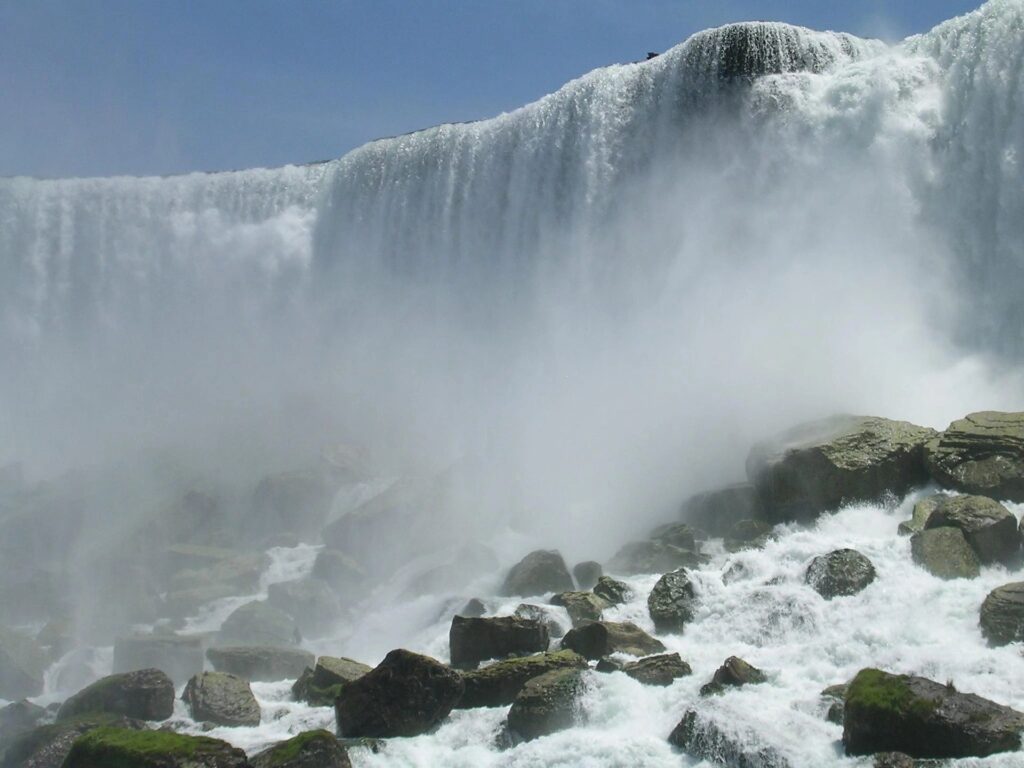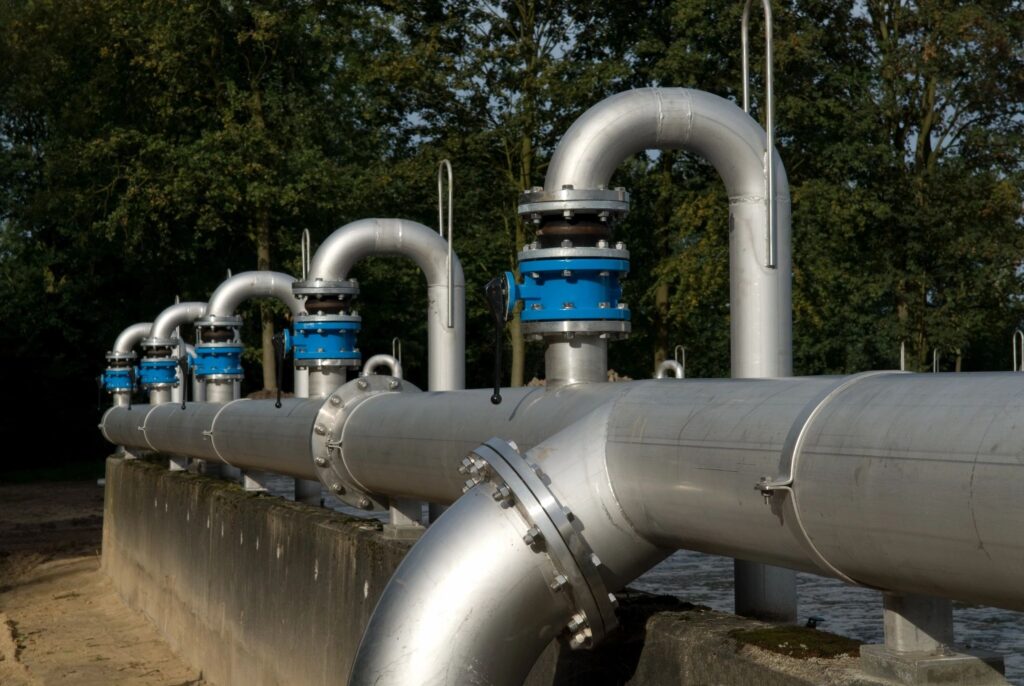
Mark Boshoff, Head of Climate Resilience and Sustainability Strategy at Nedbank Commercial Banking
Although it is a known fact that South Africa is a water-scarce country, we have taken water for granted for far too long. As the 30th driest country in the world, the scarcity of this natural resource will have a significant impact on national economic and developmental programmes as well as everyday life.
The looming and worrying water crisis is further exacerbated by climate change, global warming and pollution, which are all conspiring to make water even scarcer in future.
According to the Department of Water and Sanitation, water security in South Africa has far-reaching consequences across the entire economy. Water is critical for development, as highlighted in the National Development Plan, the National Water Resource Strategy, and related national strategies for the energy, agricultural, and industrial sectors.
Yet water demand in South Africa is outpacing population growth, driven by urbanisation and increasing water needs from the agricultural and energy sectors. If not addressed urgently, inefficient use, infrastructure challenges and municipal incapacities are likely to result in freshwater resource renewal rates being outpaced by withdrawal or consumption rates. In addition, most treatment plants fail to produce drinking water that meets acceptable standards, with several water supply systems in critical condition.
Despite significant investments to expand and augment most of the country’s water resources, the current and growing mismatch between water demand and supply, particularly in municipal areas, necessitates an urgent focus on solutions to meet the increasing water demands of our country.

In the business sector, the vagaries of the economic environment during the past few years have stretched the balance sheets of many companies and put their cash flow under pressure. As a result, capital expenditure has typically focused on boosting or increasing companies’ production capacity. As a result, non-core assets like renewable energy and water supply have been considered grudge purchases, especially when the services or utilities for such have already been paid.
In recent months, however, we have seen that many companies have focussed solely on the energy crises, with the result that the looming water crisis has crept up unnoticed. A ‘day zero’ scenario or water outages are real possibilities that could be extremely disruptive, and should be part of management’s focus on the risks facing operations.
Sectors most at risk of water shortages and outages include agriculture, pharmaceutical companies, hygiene and medical services, water-cooled processes, the public sector (municipalities, metros, and water utilities), and companies requiring an uninterrupted supply of purified water.
It is time that companies give the water crisis the same level of attention they’ve given to persistent load-shedding, which was been both disruptive and damaging to business viability.
Businesses have several levers to reduce water risk. Importantly, understanding the impact and dependencies through measurement and reporting is vital to determine the baseline of current water usage. From these results, key performance indicators can be formulated to reduce water usage, ensuring departments, processes and teams identify and eliminate water leaks in their areas and consider new water-efficient technologies that reduce water consumption, wastage, and evaporation.
A key lever is to conduct a water risk analysis to identify and implement efficient water usage solutions within the business and its suppliers. Companies must consider available water sources and differentiate between groundwater reserves, water utilities, and recycled greywater. Not all processes require water of the same standard. For example, greywater recycling and purification can produce water suitable for irrigation, cleaning, and cooling, saving costs on water bills.
Companies should also explore waterless technologies to further reduce water usage. This includes product innovation and manufacturing systems with minimal to no water requirements. Harvesting rainwater with specialised gutters and investing in storage tanks with purification technologies are additional options.

The role of public-private partnerships in addressing water scarcity
The Water Market Intelligence report issued in 2023 quoted the South Africa National Water and Sanitation Master Plan as estimating a significant funding gap of R898 billion to meet the national objectives of universal access to water and sanitation over the next 10 years. While R565 billion funding was available, it left a funding gap of R333 billion. While most funding for public water infrastructure could come from the government, there is significant opportunity for public-private partnerships (PPPs).
Private sector investment in South Africa’s water infrastructure is present but somewhat limited. While PPPs have been explored as a viable model to address water infrastructure needs, the complexity and financial viability of these projects can be challenging. The scale and technical demands of water infrastructure projects also mean that not all municipalities can easily adopt this model. Additionally, private investors often seek competitive risk-adjusted returns, which can be difficult to achieve in the water sector.
But despite these challenges, innovative sustainable financing mechanisms are being developed to attract more private sector involvement. Nedbank Commercial Banking currently supports government in several PPPs and actively finances the public sector to grow infrastructure.
In addition to using PPPs to address water scarcity, private enterprises can support the government with investment and financing in water infrastructure projects by, for example, sharing the cost of capital and providing advanced technologies and innovative solutions. The business sector can also contribute to broader efforts to manage water resources responsibly, while the government can ensure a supportive policy and regulatory environment, which the private sector can help implement effectively.
Access to appropriate water development funding and partnerships that support water development will be critical. As such, Nedbank remains prepared to support government programmes aimed at accelerating water and sanitation infrastructure delivery.
As the spectre of water shortages looms large, business operations relying heavily on water should consider investments in climate resiliency strategies to mitigate the impact of water shortages. The risk and impact of not doing so will, over time, become a major operational and survival threat to many businesses.
Share via:




















